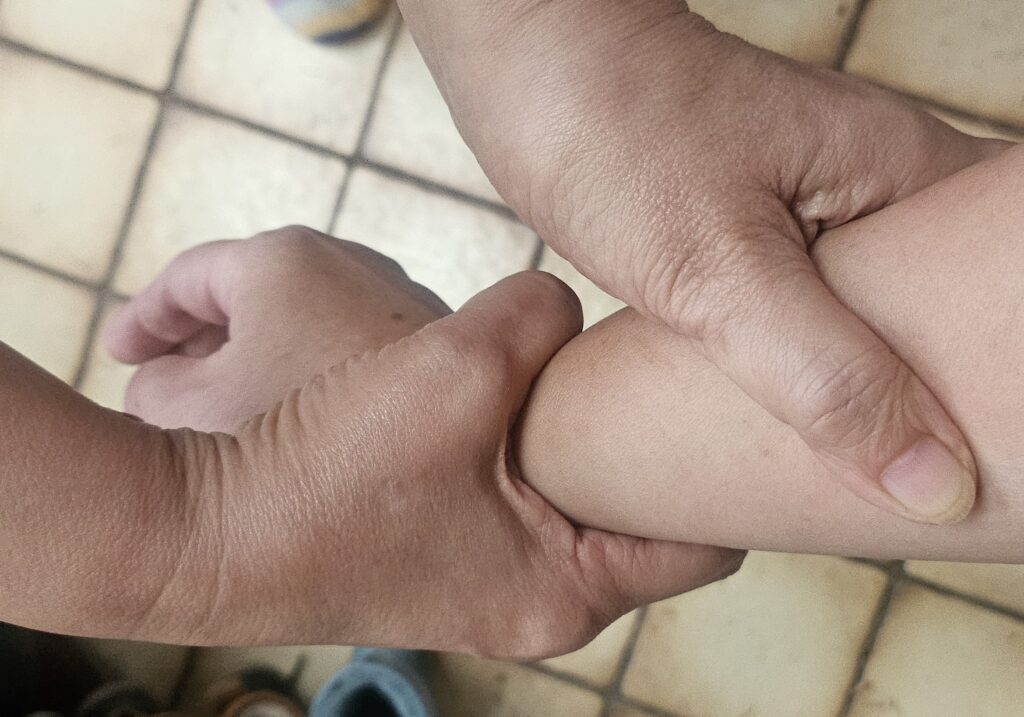DISCUSSIONS
The four quadrants – We divide the body into four parts: left and right (split down the center) and upper and lower (divided at the top of the hip bone). Each quadrant contains one limb, and each limb’s primary responsibility is to protect its own zone. When a limb moves out of its designated zone for defense, that zone becomes vulnerable to attacks.
As an example, we should avoid blocking a leg kick using the arm because doing so moves the arm out of its zone, leaving the head exposed to attacks. Furthermore, the leg bone is much thicker than the bone of the forearm.
The guard – In a street confrontation, you may find yourself arguing or facing an aggressive bully approaching you. In such situations, immediately raising your guard may not always be the best choice, as it could escalate the conflict. However, if you need to adopt a guard to protect yourself, keep the following (ABCDE Help) in mind:
- Align and angle your hips with your shoulders and heel.
- Bend your knees, elbows, and chest, stay on toes ready to spring into action.
- Chin tucked, with your forehead leading, to stabilize your head position.
- Divide your body into zones, and remember that crossing over leaves a zone unprotected.
- Eyes fixed on your opponent’s center—eliminate hesitation. Once you commit to fighting back, treat your opponent like a punching bag. Unclear intentions can be fatal.
- Hands should be kept in line from your opponent’s eyes to your own shoulder, pointing forward.
SCENARIOS
Scenario – wrist grab (two hands to one hand grips – low)
In dealing with two hands against one hand, you have to make sure all the mechanics are correct. The technique itself is still based on the original skill of dealing one-hand-against-one. The added complexity is simply how to move the extra arm without lifting or pushing the controlling arm.
A) the hand that is closest to the hand being grip crossed the center line, low

B) the hand that is closest to the hand being group is on the same side, low

EXERCISES
Balance on one leg, lift knee hip circles – try to maintain balance, perform the skill slow and raise the knee to at least belly button level. This strengthens the hip flexor muscles, uses the butt muscles to perform the turnout of the knee, as well as the hip and ankle muscles for balance

Pingback: SSD – Class notes 03-06-2025 | Seniors Self Defense (SSD)